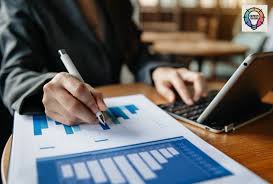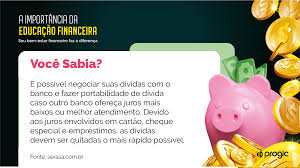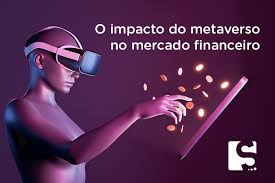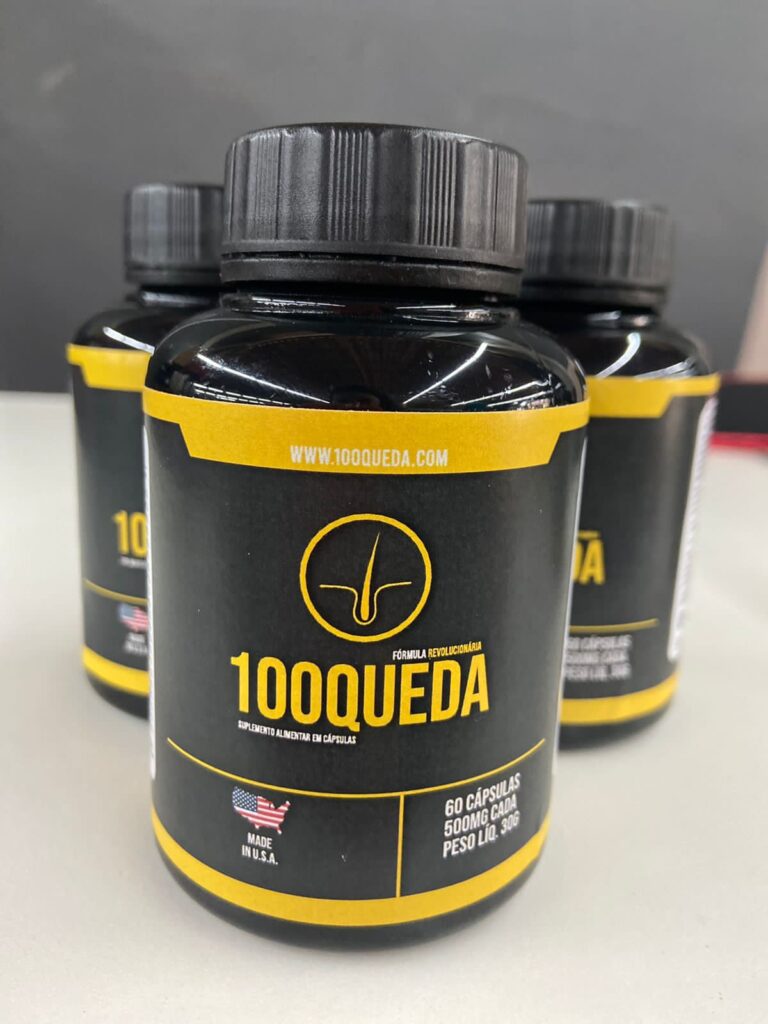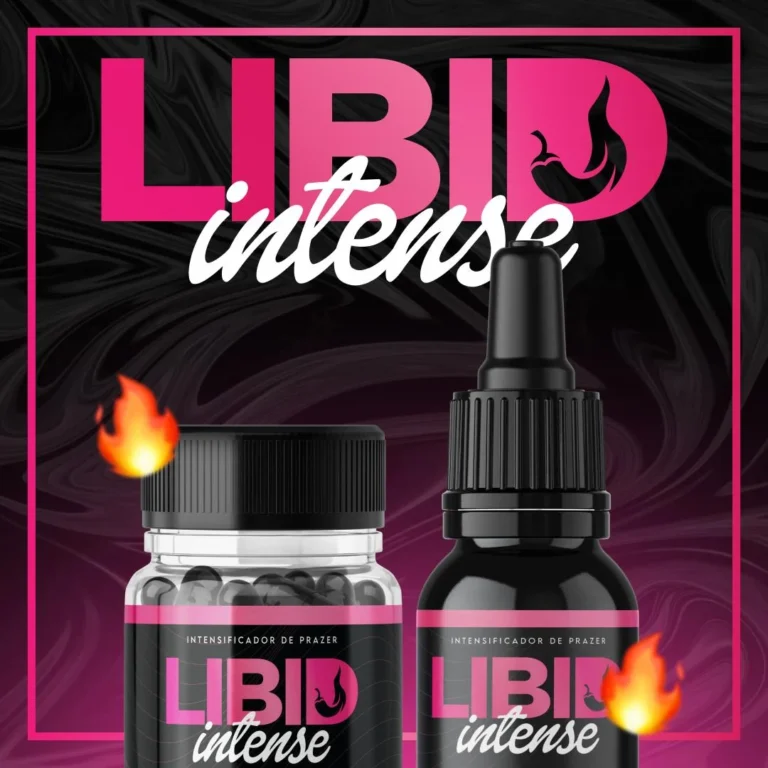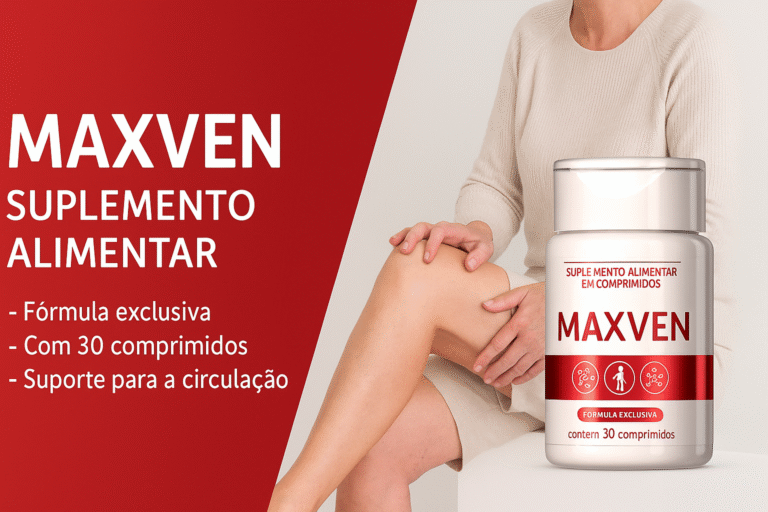Understanding the Link Between Consumption and Emotional Emptiness
You walk into a store or scroll through your phone, not really looking for anything in particular. A sudden urge pushes you to add an item to your cart — maybe clothes, a gadget, a snack, or something you didn’t even know you wanted five minutes ago. You check out. You feel a small high. A distraction. A rush. Then… nothing.
In moments like these, you didn’t just buy an object. You tried to fill something inside — a discomfort, a silence, a space you may not fully understand. That, right there, is where emotional emptiness meets consumption.
This isn’t about blaming yourself. It’s about recognizing a modern habit: using shopping not as a tool for living, but as a coping mechanism for feeling.
When a Purchase Is Not Just a Purchase
Not every buying decision is emotional. But when shopping becomes a frequent source of escape, distraction, or momentary comfort, it’s no longer just about the item — it’s about the emotion behind it.
Here are some signs your consumption may be emotionally driven:
- You shop when you feel anxious, bored, or lonely.
- You feel a sense of relief or euphoria after buying.
- You regret purchases soon after.
- You find yourself hiding spending habits from others.
- You buy things you don’t need or already have.
Often, this pattern isn’t visible on the surface. It doesn’t always look like a shopping spree. Sometimes, it’s subtle and socially acceptable — a little “treat” here and there. But underneath, it may be a quiet way of avoiding feelings you’re not ready to face.
Why We Use Consumption as Emotional Armor
At its core, emotional buying is a form of self-soothing. In a world that constantly pushes us to perform, compare, and strive — stopping to feel our pain can be terrifying. Shopping, on the other hand, is easy. It gives us something to do, something to hold, something that says: I matter. I deserve this.
But consumption used as anesthesia is temporary. It distracts but doesn’t heal. It silences discomfort without resolving its root.
Here’s why many people unconsciously turn to consumption:
- To avoid emotional discomfort – Sadness, grief, fear, and frustration are easier to ignore with a “small reward.”
- To find quick control – In an unpredictable world, buying something gives an illusion of power.
- To fill a gap of meaning – When we don’t feel seen, needed, or connected, things start to look like substitutes for love or identity.
- To feel alive – The dopamine hit from a purchase mimics excitement, joy, or accomplishment.
The Inner Void: Not Emptiness, but Unmet Needs
Many people describe this internal state as a “void” — a deep sense of lack or restlessness. But this emptiness is rarely about material poverty. It’s often about:
- A longing for emotional connection
- The pain of unresolved childhood wounds
- Unmet creative potential
- Suppressed emotions that have no place to land
- A disconnect from one’s own identity or voice
When those needs go unspoken, unmet, and unloved — we don’t stop needing. We just start reaching for substitutes. And consumption is one of the most culturally accepted ones.
Steps to Break the Cycle of Emotional Consumption
1. Build Awareness of Your Buying Triggers
Keep a small journal or use your phone to note when the urge to buy strikes. What were you feeling just before? What time of day was it? What had just happened?
Patterns will emerge. And patterns tell stories — not of weakness, but of needs waiting to be heard.
2. Ask the Right Questions Before Every Purchase
Pause and ask yourself:
- What am I really feeling right now?
- Do I need this item — or am I needing comfort?
- Would I still want this tomorrow, next week, or next month?
- What would happen if I didn’t buy it? What would I feel?
This simple self-interrogation doesn’t shame — it reveals.
3. Create an Emotional “Emergency Kit” That Isn’t Material
Build a list of actions you can take when emotions swell but purchases tempt. Examples:
- Take a walk in fresh air
- Journal for 10 minutes
- Call someone who listens
- Listen to music that grounds you
- Cry without guilt
- Meditate for 5 minutes
The more we validate our feelings with presence, the less we’ll need to distract ourselves with purchases.
4. Replace the Ritual, Not Just the Habit
Buying is often part of a ritual — you sit on the couch, feel restless, open an app. Instead of trying to not
We don’t just break habits — we rewire them with purpose.
5. Talk About the Void With Someone You Trust
What we try to hide is often what we most need to express. Share what you’re feeling with a therapist, mentor, or friend who won’t try to fix you but will simply see you. The moment we stop pretending we’re fine, we give ourselves permission to actually heal.
You Are Not a Machine That Must Always Be Soothed
You are not broken for feeling empty sometimes. You are not weak for wanting comfort. But you are far more than your impulses. And your needs are worthy of being addressed with gentleness, not silenced with objects.
Every time you choose to pause instead of purchase, you reclaim a part of yourself.
Every moment you hold space for your emotions, rather than avoid them, you create room for peace.
The next time your fingers hover over that “buy now” button, take a breath and ask:
What am I truly trying to feel?
What if I gave that feeling the attention it deserves, instead of covering it up?
Maybe then, you’ll discover that what you’re really seeking can’t be delivered to your door — because it’s already waiting within you.






